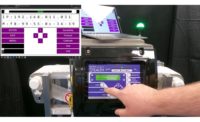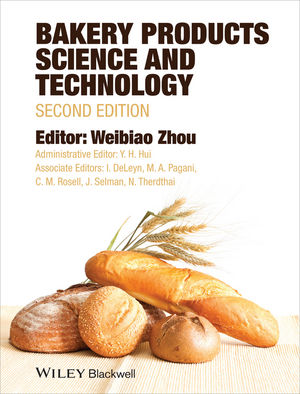Fortress Technology places Halo around food metal detectors

Company: Fortress Technology
Website: www.fortresstechnology.com
Technology Snapshot: Fortress Technology has unveiled an updated version of its automatic test technology, Halo, providing factories with a traceable and auditable way to periodically test the performance of their food metal detectors.
As a general rule, most food manufacturers test each metal detector within their factory at the start and end of the production shift, and then throughout the day at regular intervals, typically hourly. In many settings, as soon as one check is done it is time to start over.
This time spent running and documenting tests on every line where a metal detector is installed can cost a business over several thousand dollars a month per line in machine downtime and human resources. For larger factories with multiple lines and metal detection units, the monthly expenditure can run into tens of thousands of dollars. Not only is this unproductive, it makes even the leanest manufacturing operation less profitable.
Given the growing importance for data integrity, Halo Automatic Testing technology tackles this drain on resources. Reducing the frequency of manual tests also helps to eliminate the risk of human error and workplace injury at critical control points on a manufacturing line while complying with industry standards.
Halo works by effectively duplicating the signal disturbance that occurs during manual testing, without having to physically pass a metal contaminant through the metal detector. It automatically generates a signal calibrated to specified sphere sizes, logging the test results to provide a reliable audit trail. It also checks the performance of the reject system.
Forming a vital part of manufacturing due diligence, the device is capable of independently testing for all metal materials—ferrous, non-ferrous and stainless steel.
Traditionally installed on the pipeline and gravity metal detectors that inspect free-falling products, including rice, sauces, cereals, powders, corn, sugar and snack foods, the latest release of Halo has now been adapted to work with a conveyor style metal detector to further reduce operational costs.
For a modest upfront investment, food factories can significantly narrow the time window during which a problem with a system goes undetected. This in turn reduces the number of suspect products that must be discarded or recalled in case of an incident.
Payback for a new Fortress metal detector fitted with Halo is typically less than 12 months. Designed to complement manual testing, automatic testing not only makes good business sense, its robust audit trail also helps to strengthen food safety compliance and metal detector system security on processing and packing lines.
Five downfalls of manual tests
In today’s fast moving food production environments, manual testing is often deemed archaic, slow and error prone. Testing a metal detector manually can often be challenging due to access, machine position, product flow and environmental conditions. This is especially true in gravity metal detectors used predominantly to inspect freefalling bulk products, as well as pipeline metal detectors that inspect pumped products.
Although eliminating manual testing completely is not realistic, if a business is entirely reliant on the method of manual testing, the following are five product specific pitfalls they should keep in mind:
- With gravity metal detectors, to get a credible, repeatable and consistent test reading manually, operatives must ensure that the test piece passes through the exact center of the aperture. Achieving this consistency can be hit and miss, as there’s the challenge of dropping the test piece in center of the aperture and product flow.
- On pipeline applications (used widely in high-viscosity meat and pet food processing and to inspect liquid and dairy products, such as cream, yogurt, butter and soft cheeses), operatives can insert the test piece in the gap between the tube and the aperture, which is the most sensitive part of the metal detector. Although this may deliver a great signal, it is not representative of testing for metal contaminants in the product flow.
- The other pipeline test alternative—introducing the test piece to the actual liquid product—can be even more convoluted and time consuming, requiring operatives to flush product through the pipeline system to recover the test piece or disassembling and resealing the pipe. When done manually, this can increase test times from several minutes to between 10 and 15 minutes. In addition, being a huge drain on resources and a significant disruption to actual production, this method also increases the risk of introducing contaminants into your product.
- It can be equally difficult to get a consistent test reading on bulk conveyor lines where boxed and bagged dry products are inspected. That’s because you are relying on the test piece again passing through the exact center of the aperture, which can be hard to visually determine when products weigh between 25kg to 50 kg (50 to 110lb). If an operative puts the test piece underneath the product on one test, to the side of the next on the conveyor for another, the signal varies.
- Testing frozen bulk items, for example larger cuts of meat, also presents a significant challenge, as being a solid mass you cannot insert a test piece into the middle of the product.
Looking for a reprint of this article?
From high-res PDFs to custom plaques, order your copy today!








